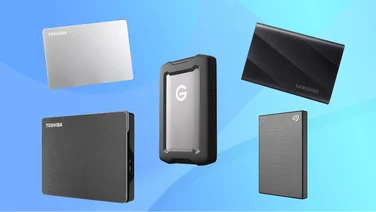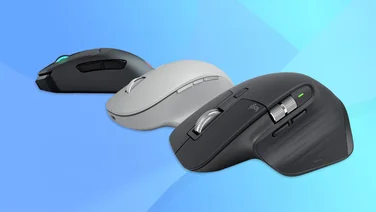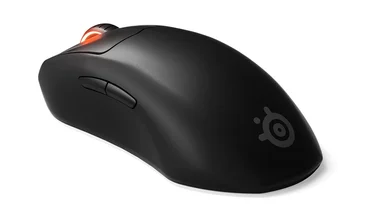To help us provide you with free impartial advice, we may earn a commission if you buy through links on our site. Learn more

It’s no secret that technology has been getting smaller over the years. So if it seems that USB ports have shrunk recently, it’s not just your imagination.
By now, many devices such as laptops and phones have made the transition to a new type of connection. USB-C (also commonly referred to as USB Type-C) was brought in to replace the older, rather finicky micro-USB connectors that we all know, with more robust, reversible connectors and ports. But what is USB-C? How does it differ from other types of USB and what does this mean for users?
In this guide, we’ll try to answer those questions in the simplest way possible, starting with the obvious question.
READ NEXT: Best USB flash drives to buy
What exactly is USB-C?
USB-C – or USB Type-C – is a 24-pin USB connection that transfers data, video signals and power to (and from) devices such as smartphones, tablets and laptops. The connector is a touch bigger than micro-USB connectors but smaller than the rectangular USB-A connectors (pictured below) that are found mostly on chunkier laptops and PCs.

How does USB-C compare to older USB connectors?
USB-C connectors are symmetrical, meaning that – like the Apple Lightning connector – they can be inserted any way up. This immediately solves the age-old problem of having to flip your plug about five times before it fitted into the port.
Elsewhere, the USB-C connectors do pretty much what any other USB connectors do – but better. USB-C connections are more powerful, enabling faster charging speeds for the modern generation of smartphones (and larger devices such as laptops), and offer higher transfer speeds.
The real benefit of USB-C, however, is that, unlike previous connections such as micro-USB, it can deliver power, data and video all in one cable. However, it’s important to mention that USB-C is just a connection – not a standard – and that not all USB-C connections support all types of delivery.
Some connections will support charging alone but not video or data transfer, while others will support video and data but not charging. For example, rather confusingly, the original Huawei Matebook X had two separate USB-C ports – one for power and data and another display and data. So, it’s good to be aware of what connections your device supports.
Without going too deep into the labyrinthian subject of USB data protocols, most USB-C ports use the USB 3.1 data-transfer standard, which supports speeds of up to 10Gbits/sec, while also supporting older standards as well. That’s a whole lot faster than the fastest micro-USB connection, which were limited to 480Mbits/sec (or 5Gbits/sec in the case of micro-B cables and connectors).

USB-C connections can also support the newest USB 3.2 standard, which delivers even faster speeds of up to 20Gbits/sec but not many devices support this standard just yet.
More common than USB 3.2 connections but only typically used in premium laptops, some USB-C connections are also compatible with Intel’s Thunderbolt 3 technology. This boosts data-transfer speeds up to a coruscating 40Gbits/sec.
READ NEXT: The best laptops
What devices use USB-C? What does this mean for laptop users?
USB-C was originally introduced back in 2014 and the transition has been a slow one. But the majority of new laptops, smartphones and tablets now use USB-C connections. While the Macbook has also adopted USB-C, however, the Lightning connector is still king as far as the iPhone is concerned.
Stuck with older USB-A devices such as memory sticks, with nowhere to put them? You don’t need to worry too much; you’ll just need to buy an adapter to connect them via USB-C. AmazonBasics offer one for a little over £6. Be careful when buying USB cables, though, that you buy the right one. Some cables support only power, some only power and data but not video and Thunderbolt-compatible cables are even rarer beasts.
Appendix: A note on USB data protocols
Over the years, the different USB data-standards have undergone several name changes as new, improved standards have been developed. When USB 3.1 came out, the previous USB 3.0 was renamed USB 3.1 Gen 1 while the new 3.1 spec became USB 3.1 Gen 2.
More recently. with the emergence of USB 3.2, USB 3.1 Gen 1 (previously USB 3.0) was renamed USB 3.2 Gen 1, and USB 3.1 Gen 2 (previously USB 3.1) is now USB 3.2 Gen 2. Simple.







